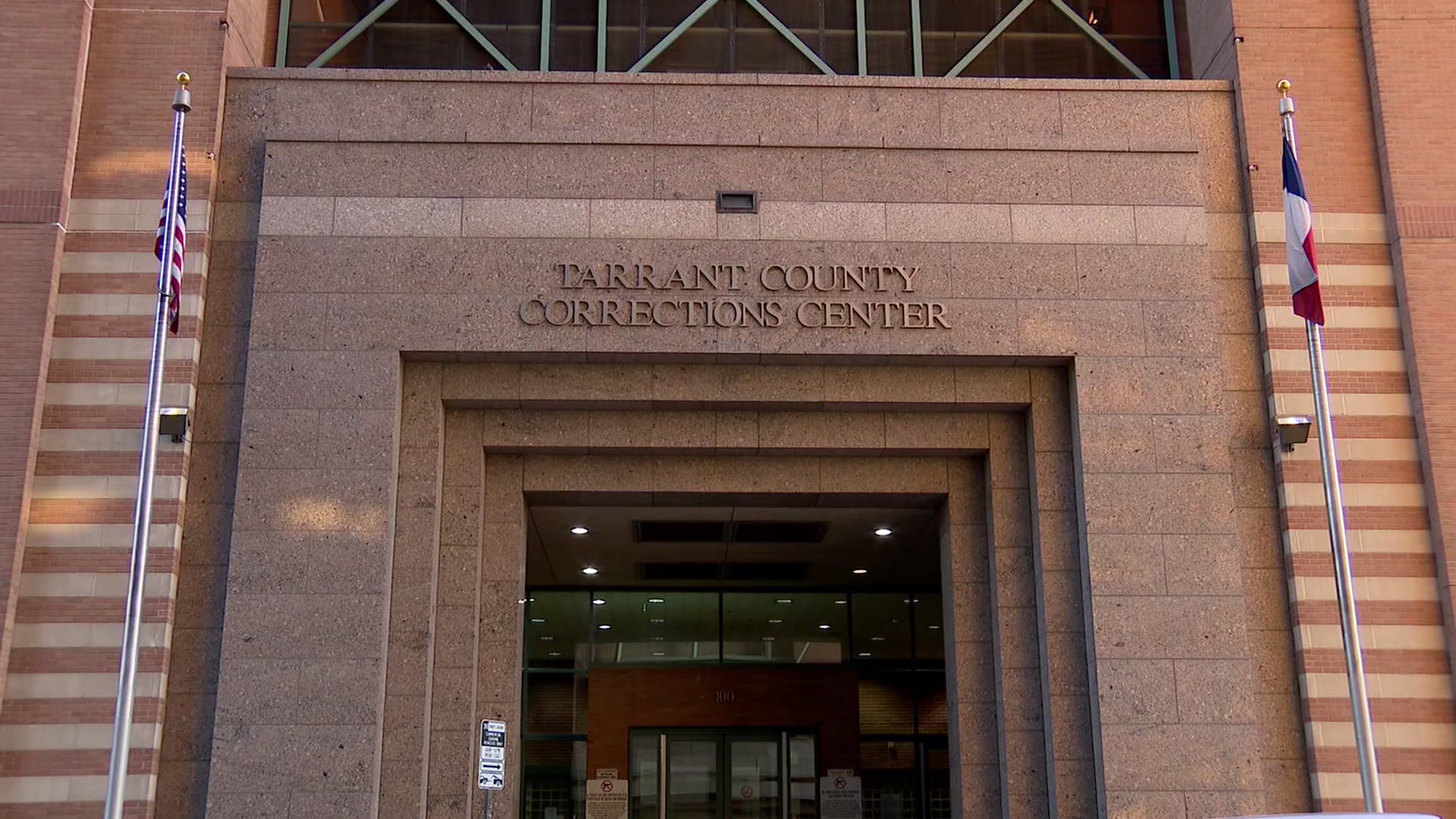The Collin County Medical Examiner’s Office is turning to social media in hopes of finally being able to identify human remains found in the county decades ago.
For 17 years, she’s simply been "Jane Doe."
After crisscrossing the country, she was hit and killed while walking in Melissa in January 2004.
Her true identity remains a mystery.
Get top local stories in DFW delivered to you every morning. Sign up for NBC DFW's News Headlines newsletter.
“It’s really a puzzle at this point and just trying to figure out where it began and who she is,” said Valerie Alvarez, a board-certified medicolegal death investigator. “We don’t know if she went missing in the 70s or if she went missing as a kid.”
Eager for answers in this and six other cases of unidentified human remains in Collin County, Alvarez and autopsy technician Reagan Archer joined forces to create the "Unidentified Project."
“Putting [the cases] out there in a way I don’t think has been done yet as far as our office goes, so using more modern ways of disseminating information,” said Alvarez. “When we have these unidentified people I think all of us lose a little bit of sleep, it bugs us a little bit more and it’s really our goal to figure out who these people are.”
Local
The latest news from around North Texas.
The Unidentified Project is raising awareness by posting sketches and bulletins on missing persons’ websites and social media. The team is also looking to genetic genealogy in their quest.
All seven cases are victims of homicide or undetermined deaths, three are women and three are men. A seventh case includes a foot believed to belong to a man.
Most of the human remains were found in the 1980s and 90s. The latest case is from 2007.
“I wasn’t even here when these happened but I have to know what happened,” said Archer. “I have to know who these people are and Valerie felt the same way so we just want to give someone their name back because everyone deserves to have their name given back to them in their last moments.”
The difficulty, they said, is that many cases involve people who may have vanished during their youth, are from other states or countries, or are those whose families have no idea they've died.
Although DNA technology has advanced over the decades, there are limitations.
“A lot of times you’re working with DNA that you found but it’s not always a sure thing they can pull something from it,” said Archer.
For families who are searching for missing loved ones, Archer urged them to gather permanent evidence including dental and surgical records.
Tattoos can help in certain cases, but will no longer be present on the body over time.
For information about each case and how to reach the Unidentified Project, click here.



